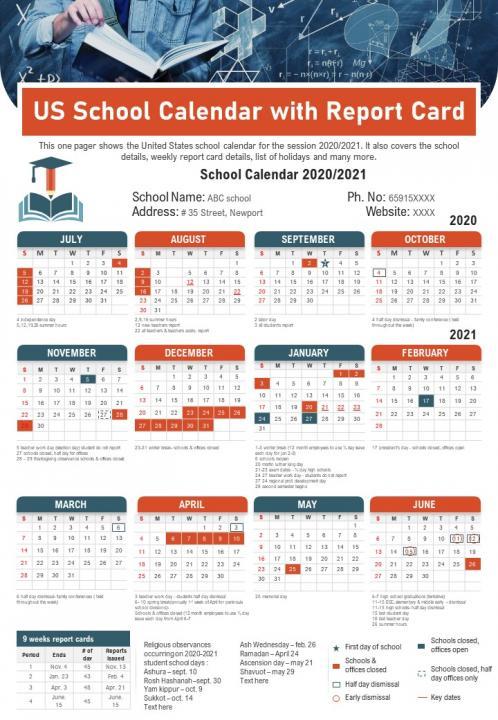In the United States, the standard academic calendar typically includes 180 days of school, a benchmark that remains consistent across most states. However, the length of each school day varies significantly depending on state policies, affecting the total instructional time students receive annually. A recent report by the Pew Research Center sheds light on these differences, highlighting the diverse approaches states take in structuring the school day amid ongoing debates about educational quality and student outcomes.
In the U.S., Standard School Year Lengths and Regional Variations
In the United States, the vast majority of states have established a standard school year length of approximately 180 days. This benchmark serves as a guideline to ensure consistency across educational institutions, but the actual number of instructional days can fluctuate based on state policies and local school district decisions. For example, states like New York and Florida adhere closely to this standard, while others allow variations that stretch from 170 to 190 days. These differences can reflect regional priorities, school funding, and responses to factors such as weather-related closures or pandemic-related disruptions.
The length of the school day itself also varies considerably across the country, impacting the total instructional time students receive each year. Some states compensate for a shorter school year with extended daily hours, while others maintain shorter days but increase the total number of days attended. Below is a snapshot of how certain states compare in their typical daily schedules:
| State | Average School Days | Typical School Day Length |
|---|---|---|
| California | 180 | 6.5 hours |
| Texas | 180 | 7 hours |
| Minnesota | 165 | 7.5 hours |
| Alabama | 180 | 6 hours |
This patchwork of school schedules highlights not only regional educational preferences but also resource distribution challenges. Key factors influencing these variations include budget allocations, state education mandates, and community expectations regarding extracurricular activities and instructional intensity.
- Urban vs. rural adjustments: Rural districts may set longer days with fewer days due to transportation logistics.
- Local climate impact: Regions prone to severe weather might reduce days but extend daily hours when school is in session.
- State legislation: Specific laws can mandate minimum instructional minutes rather than strict day counts.
How State Policies Influence Daily School Hours Across the Country
Across the United States, the daily length of the school day is dictated by state education policies, resulting in significant variation despite the widespread adoption of the 180-day academic year. States customize the duration of their instructional hours to balance educational standards, budget constraints, and local priorities. For example, some states mandate shorter school days but compensate with a longer academic year, while others prefer extended daily hours within the 180-day framework to maximize learning time. This flexibility allows individual states to tailor their education systems to the unique needs of their student populations and community resources.
Factors influencing these policy decisions include:
- Funding allocations that impact the feasibility of extended school hours.
- Teacher contract agreements that set maximum work hours.
- Local cultural norms and community expectations regarding schooling.
| State | Average School Day Length | Annual Days |
|---|---|---|
| California | 6 hours | 180 days |
| New York | 6.5 hours | 180 days |
| Texas | 7 hours | 180 days |
| Florida | 6 hours | 180 days |
| Washington | 6.75 hours | 180 days |
Impact of School Day Length on Student Performance and Well-being
Research indicates that the variation in daily school hours across states has significant implications for both academic achievement and student well-being. Longer school days can provide additional instructional time, which some educators argue enhances learning outcomes, particularly in subjects requiring extended engagement, such as mathematics and science. Conversely, extended hours may lead to increased fatigue and diminished attention spans, potentially counteracting academic gains. States with shorter school days often compensate with more focused, intensive teaching strategies and extracurricular programs that promote holistic development.
Beyond academics, the length of the school day impacts social and emotional health in diverse ways. A balanced schedule allows students to participate in physical activities, rest, and engage with family, all crucial for mental health. Here’s a brief overview of these effects:
- Longer days: Greater opportunity for structured learning but higher risk of burnout.
- Shorter days: More time for rest and personal interests; may require efficient use of classroom time.
- Balanced approach: Integration of breaks and extracurricular activities encourages well-rounded development.
| State | Avg. School Day Length | Reported Student Well-being |
|---|---|---|
| California | 6.5 hours | Moderate |
| New York | 7 hours | High Stress Levels |
| Texas | 6 hours | Balanced |
| Florida | 6.8 hours | Positive |
Recommendations for Balancing Instruction Time with Educational Outcomes
Achieving an effective balance between instruction time and educational outcomes requires a nuanced approach that considers both quantity and quality. Schools should focus on optimizing the structure of the school day, incorporating varied teaching methods that promote active learning rather than relying solely on seat time. Flexibility in scheduling—such as integrating shorter classes with more frequent breaks or incorporating project-based learning periods—can boost student engagement and retention. Research suggests that simply extending hours without addressing curriculum delivery may lead to diminishing returns and increased student fatigue.
Policymakers and educators might also explore targeted interventions tailored to local needs, such as after-school tutoring or enrichment programs, to complement in-class instruction. Below is a simplified overview of how some states vary in daily instruction time to accommodate diverse educational goals:
| State | Avg. Hours per Day | Focus Area |
|---|---|---|
| California | 6.5 | Core subject emphasis |
| New York | 7.0 | Extended arts & sciences |
| Texas | 6.0 | Career and technical education |
Such tailored approaches allow states to maintain 180 school days while customizing daily schedules for optimal learning impact, ensuring that educational time translates directly into student achievement.
To Wrap It Up
As states continue to tailor their educational calendars to local needs and priorities, the variation in school day lengths highlights the ongoing debate over the optimal balance between instructional time and student well-being. While 180 days remains the predominant standard across the country, the diverse approaches underscore the complexity of educational policy in the United States. Future discussions about school schedules will likely need to consider both academic outcomes and community preferences to best serve students nationwide.







